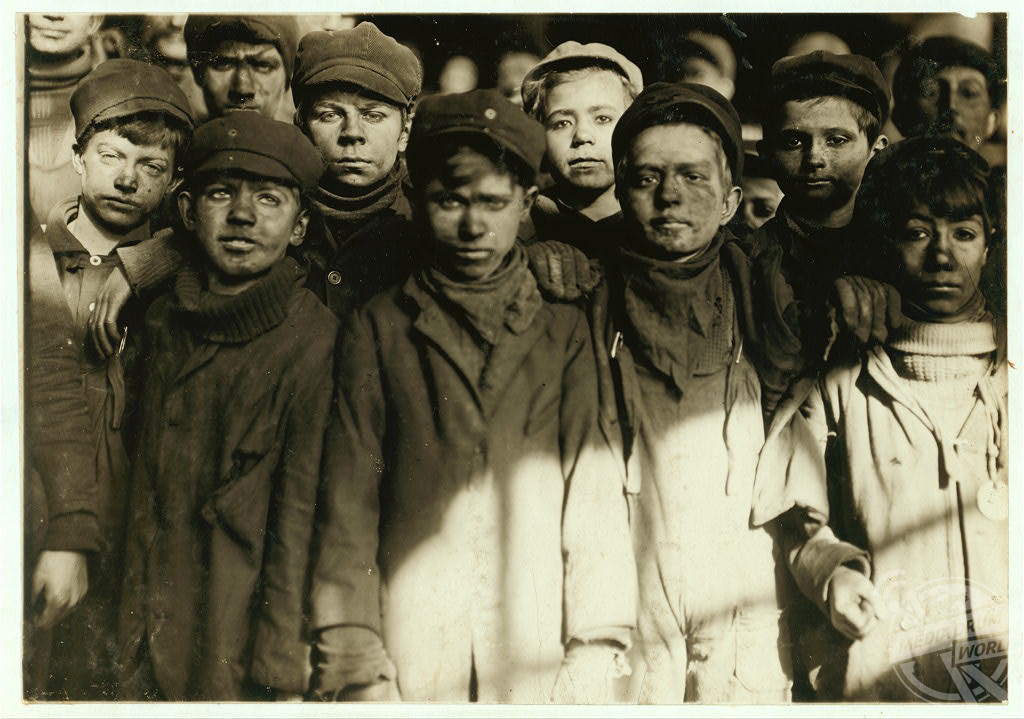By Alex Jones
DISTRESSING images show the squalid conditions that children as young as FOUR had to work in order to earn less than half a dollar a day.
Gruelling hours, backbreaking work, and no playtime. Life for some United States’ youngsters in the early 20th Century was painfully grim.
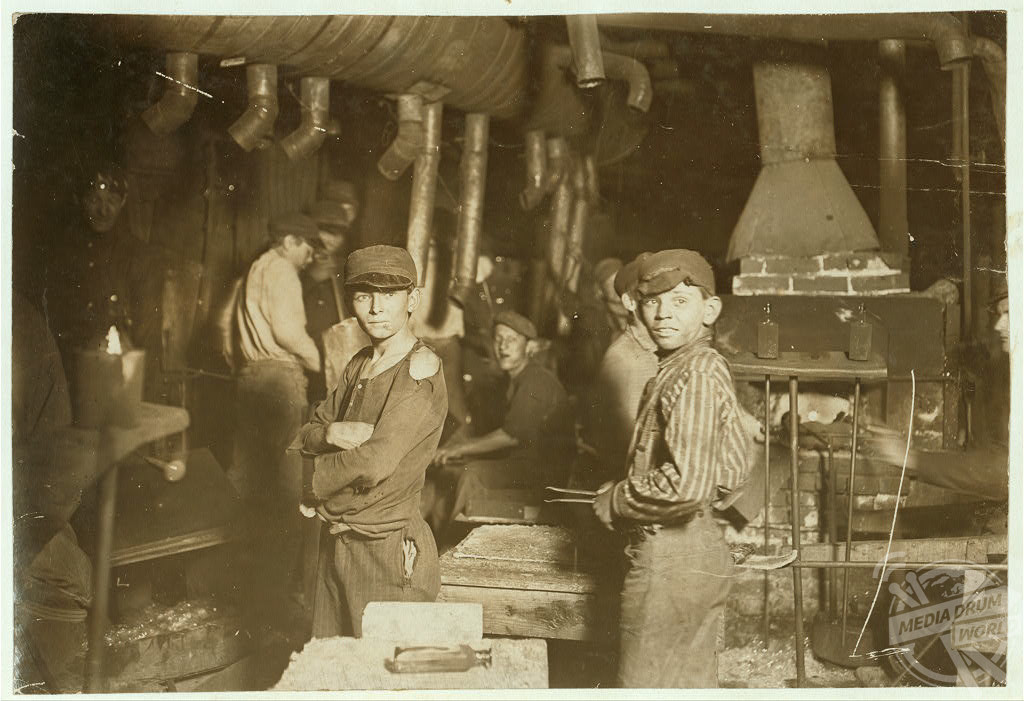
Heart-breaking photos show pre-teens smoking whilst rolling cigars in a factory, black-faced children working in dark and dangerous coalmines as ‘breakers’, and four-year-old Mary shucking oysters alongside her mother who is struggling to juggle her work and her new-born child.
This was the reality for many children growing up in the States at the start of the 1900s. They were forced to work in factories, on farms, or mills which left little or no time for schooling or recreational activities.
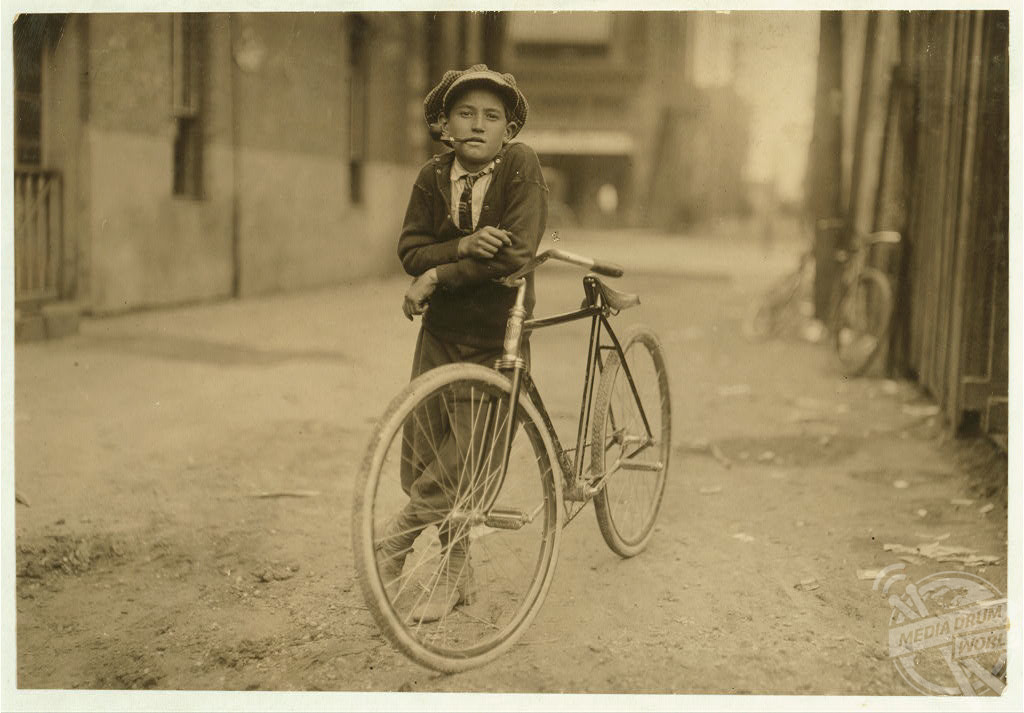
Children, often as young as five, could spend hours in the gloomy, dust-filled darkness patiently waiting to open trapdoors for mining carts to pass through whilst teachers would teach their lessons to empty desks as absent students toiled away to pick that season’s beet.
These remarkable photos were captured by Lewis Hine between 1908 and 1924. He was working as an investigative reporter for the United States’ National Child Labor Committee – an organisation designed to promote the rights, awareness, dignity, well-being and education of children and youth as they relate to work and working.
His photos and journalism helped raise awareness of the plight many children of the age faced.
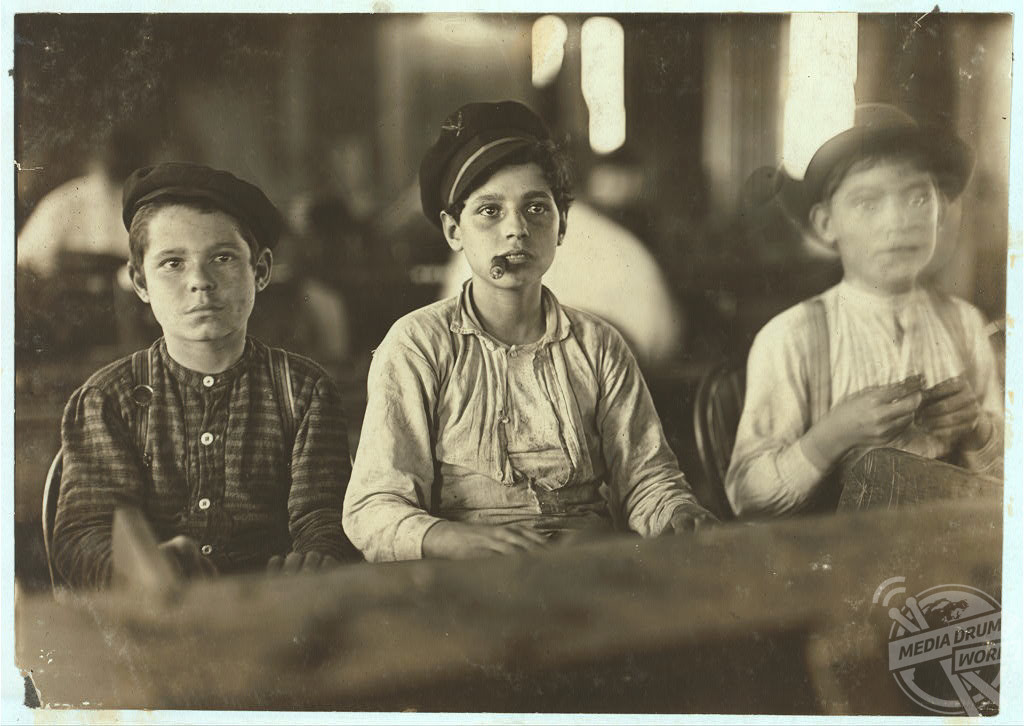
Although child labour in the UK was prevalent in the Victorian age – as is laid bare in Charles Dickens’ workhouses – the problem was arguably worse across the Atlantic.
After many repeated and failed attempts to pass a Fair Labor Standards Act, it wasn’t until 1938 – the same year that the tape recorder was invented – that the legislation was passed by Congress.
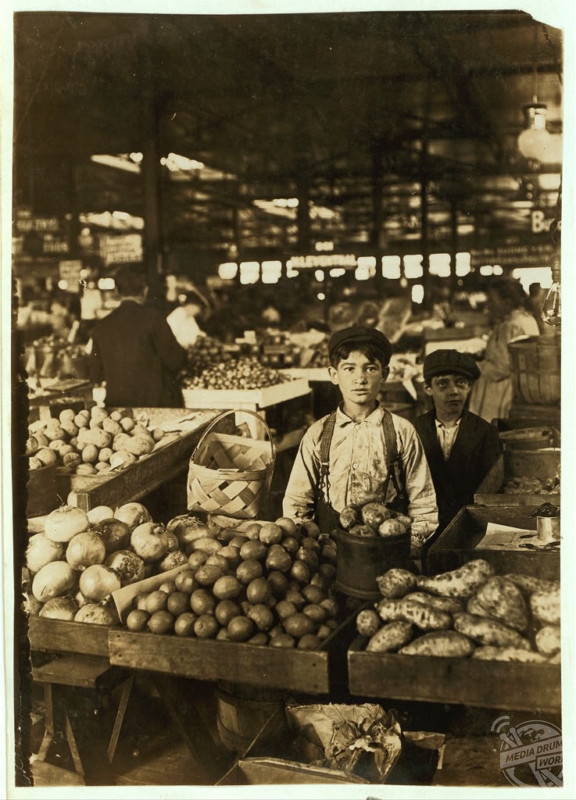
The act fixed minimum ages of 16 for work during school hours, 14 for certain jobs after school, and 18 for dangerous work.
Today all the states and the U.S. government have laws regulating child labour.

